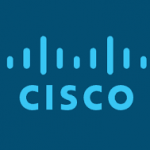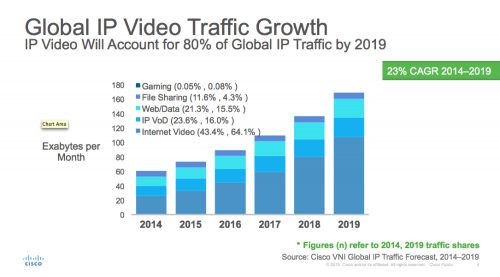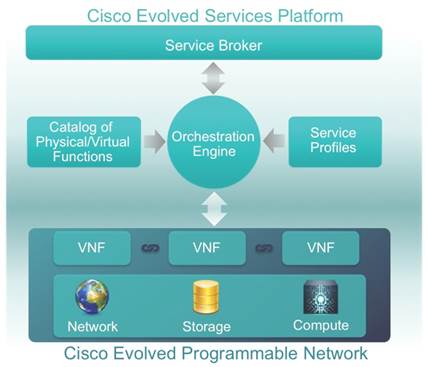
As I write this, I’m reminded of the 1993 Peter Steiner cartoon with the caption ‘On the internet nobody knows you’re a dog’.  In my case, nobody knows that I’m secluded away in the depths of the Perigord region in France, rather than sitting in a fibre-connected air-conditioned corporate office in the UK. Nobody knows, and frankly, why should anyone really care? I can work just as effectively, leveraging Cisco’s collaboration tools, from here and I get the added benefit of this sublimely peaceful environment to think and plan. That is until the family returns home from a day at the lake, and suddenly 4 or more additional devices connect to the WiFi, slow the internet to a virtual stop. That’s the signal that it’s time for me to stop work!
In my case, nobody knows that I’m secluded away in the depths of the Perigord region in France, rather than sitting in a fibre-connected air-conditioned corporate office in the UK. Nobody knows, and frankly, why should anyone really care? I can work just as effectively, leveraging Cisco’s collaboration tools, from here and I get the added benefit of this sublimely peaceful environment to think and plan. That is until the family returns home from a day at the lake, and suddenly 4 or more additional devices connect to the WiFi, slow the internet to a virtual stop. That’s the signal that it’s time for me to stop work!
The explosion of internet traffic in my little piece of France is not just a local problem, it is a global phenomenon, as seen in the recently published Cisco Visual Networking Index™ (Cisco VNI™). The index tracks and forecasts the impact of visual networking applications on Global IP traffic.  The data shows that in the past 5 years, global IP traffic has increased fivefold and it is predicted to increase threefold over the next 5 years. To put this into perspective, by 2019, the equivalent of all the movies ever made will cross the UK’s IP networks every 45 minutes! The implications for Services Providers operating in the UK are profound.
The data shows that in the past 5 years, global IP traffic has increased fivefold and it is predicted to increase threefold over the next 5 years. To put this into perspective, by 2019, the equivalent of all the movies ever made will cross the UK’s IP networks every 45 minutes! The implications for Services Providers operating in the UK are profound.
The insatiable demand for bandwidth, from both businesses and consumers, is putting core IP backbone and access networks in the UK under incredible strain. UK Service Providers are pumping additional capacity into their networks as fast as it’s being gobbled up. And all at the expense of space and power – it’s an untenable model.
With further developments in virtualisation and orchestration, such as the capability delivered through Cisco’s Evolved Services Platform, the next couple of years represent a time of unprecedented opportunity for Service Providers to re-think the architecture of their infrastructures, to enable speed and flexible programmability which allow them to get to market faster and accelerate time-to-revenue.
One year after the creation of Cisco’s Global Service Provider segment, the portfolio of solutions that can be offered to service providers of all types, is more powerful than ever. In the UK market the dynamics between the traditional Telco’s and the new entrant cloud and managed service providers creates a richly competitive environment where customers have more choice than ever before. For sure, price will always be an important factor in the buying criteria, but increasingly the ability to flex upwards and (perhaps less frequently) downwards, whilst moving workloads seamlessly in hybrid cloud environments and maintaining control with simplified operations and security built in will be as, or even more, important.
For me, my challenge remains – how best to help my UK Service Provider customers to understand how to upgrade the engines, whilst they are still running at top speed, to create the most cost and operationally efficient infrastructures that deliver innovative and differentiated services to UK businesses and consumers. And at the same time, ensure that I, as the bill payer, get a preferential in-home WiFi experience when I’m trying to work from home, at least until the internet speed in rural France is improved! On reflection, the latter is probably more easily fixed by sending the kids to the lake to swim & eat ice-cream. Any suggestions on the former would be gratefully received!



